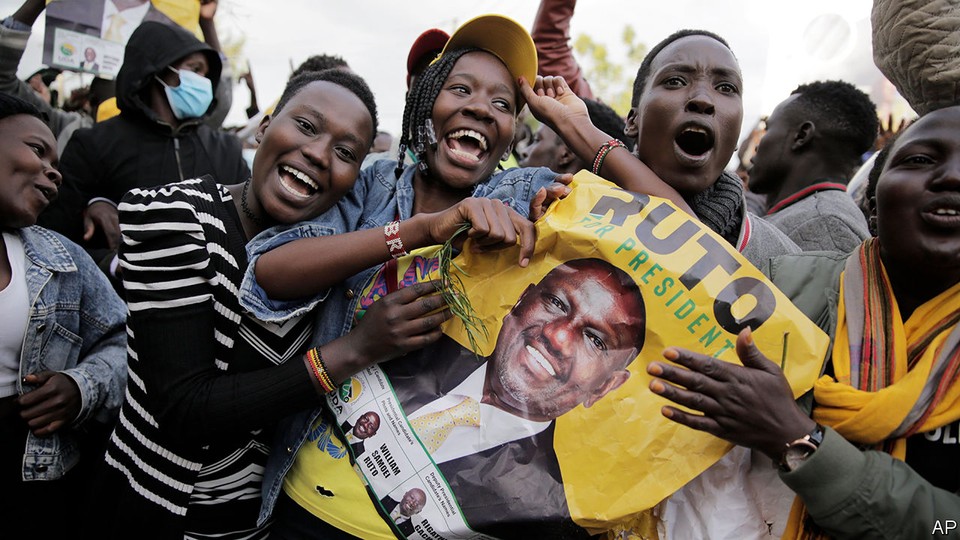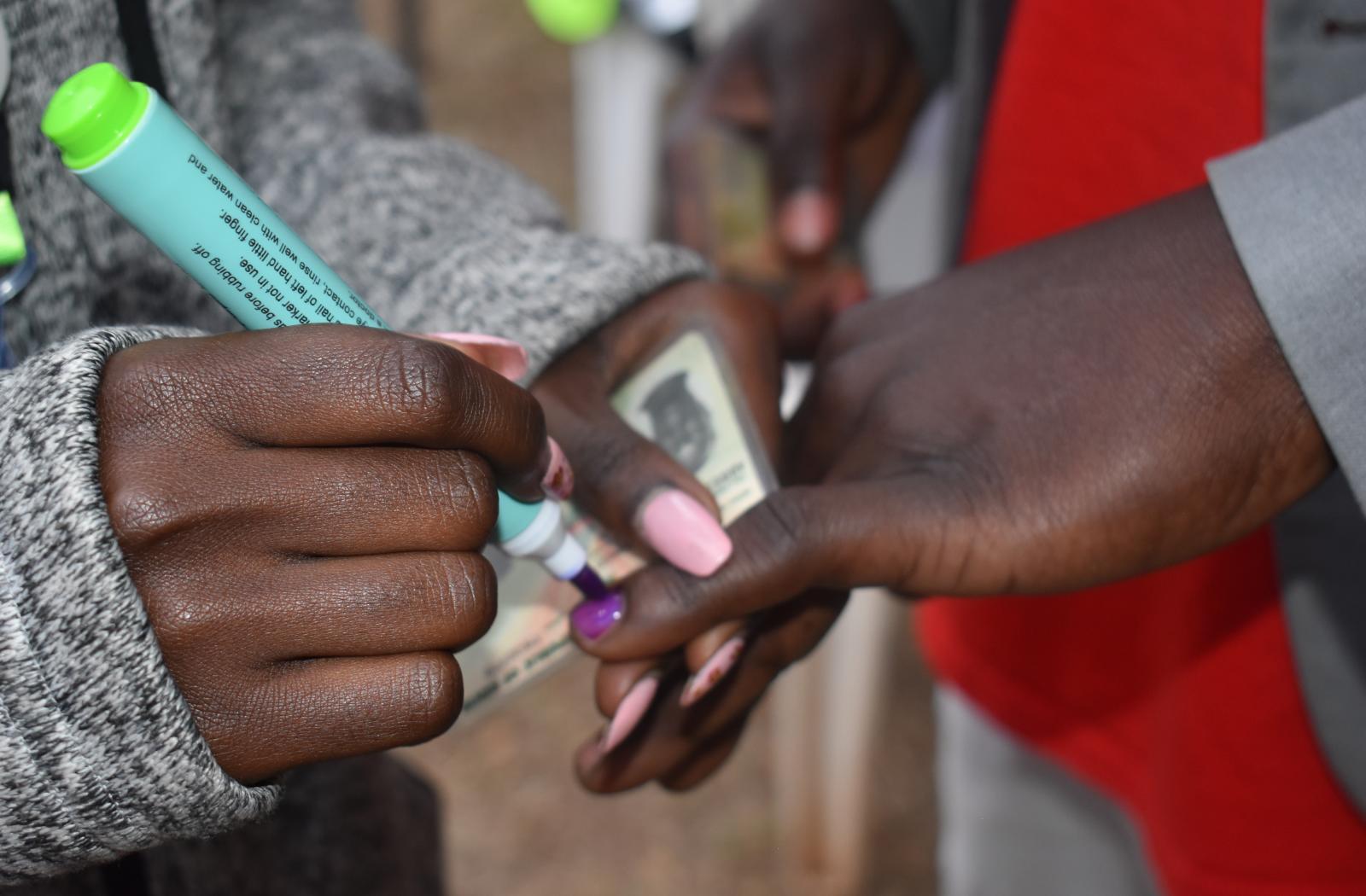 The Economist/Associated Press(AP)
The Economist/Associated Press(AP) The populist candidate stirs hope and alarm in equal measure.
William Ruto was recently declared president-elect of Kenya, but victory did not not come without contestation. Former Prime Minister Raila Odinga, the runner-up, is challenging the results. Odinga received 48.8 % of the votes compared to 50.5 % for Ruto.
According to the British Broadcasting Corporation (BBC), Odinga referred to the results as “null and void.” Given that transparency dominated election conversations in Kenya, it is fair to say this is already a historical election for the important East African nation.
During the election, media in the U.S. focused most of their reporting on election transparency, often referring to Ruto as having run a campaign promising transparency. The New York Times even referred to Kenya’s election as “an attempt at radical transparency,” referencing the election commission’s decision to upload ballot numbers online.
Odinga’s challenge to the results has left the final decision up to the Kenya Supreme Court.
The Voice of America (VOA) spoke with former magistrate Joy Mdivo, who said that to overturn the election results, “there must be tangible discrepancy, the same must be proved satisfactorily, and it must be demonstrated that it would have changed the outcome of the case.”

